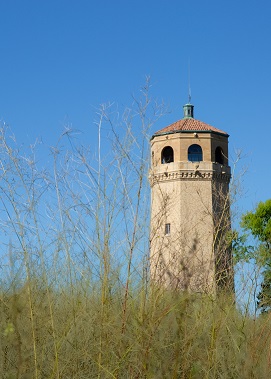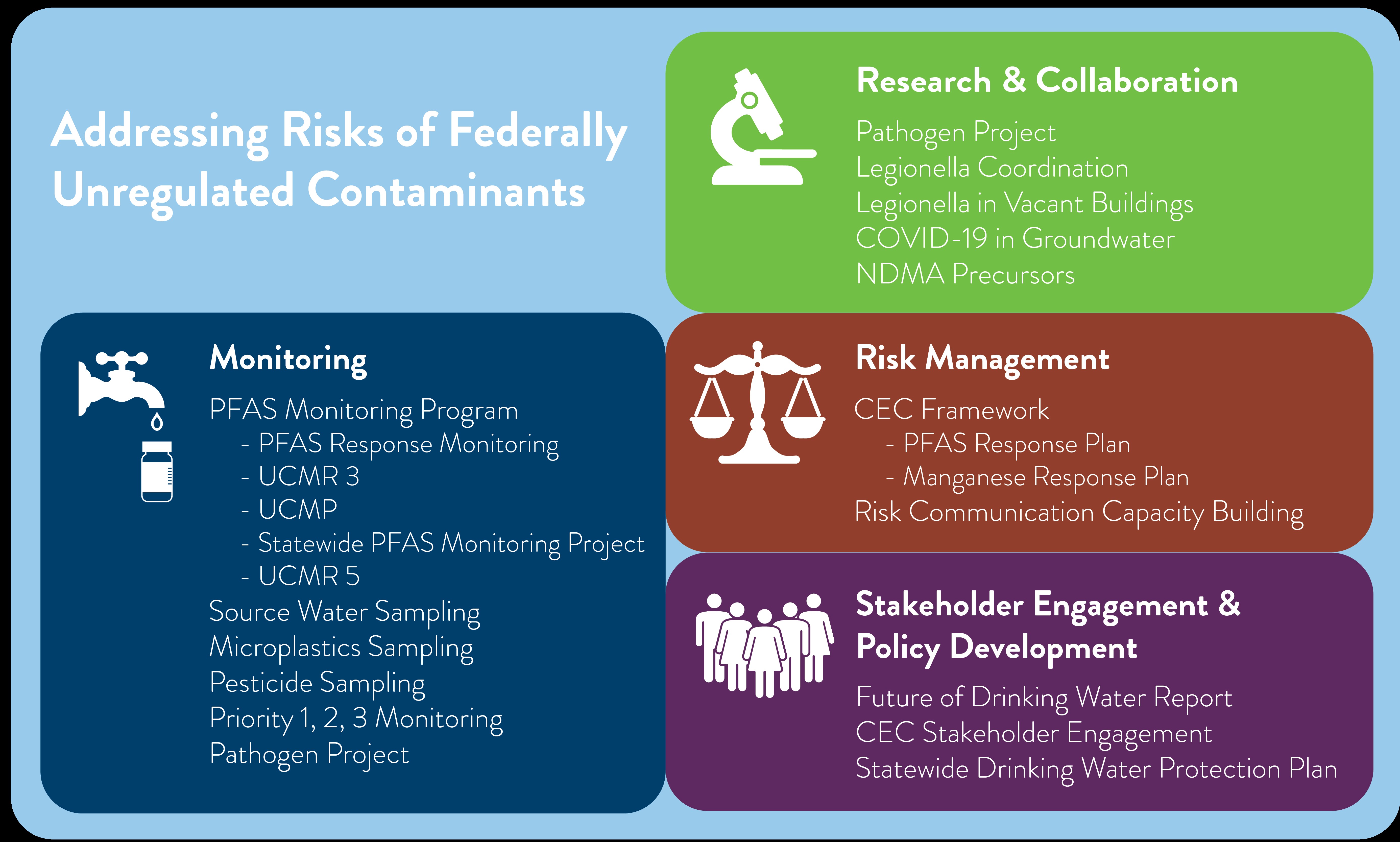Drinking Water Protection
- Drinking Water Protection Home
- About Us
- A-Z Index of Contaminants in Water
- Community Public Water Supply
- Drinking Water Grants and Loans
- Drinking Water Institute
- Drinking Water in Schools and Child Cares
- Drinking Water Revolving Fund
- Laws and Rules
- Noncommunity Public Water Supply
- Source Water Protection
- Water Operator and Certification Training
- Drinking Water Protection Contacts
Related Topics
- Annual Reports
- Drinking Water Risk Communication Toolkit
- Drinking Water Protection External Resources
- Fact Sheets
- Forms
- Invisible Heroes Videos: Minnesota's Drinking Water Providers
- Noncom Notes Newsletter
- Sample Collection Procedures (videos, pictures, written instructions)
- Waterline Newsletter
Related Sites
- 10 States Standards
- Clean Water Fund
- Health Risk Assessment – Guidance Values and Standards for Water
- Minnesota Well Index
- Water and Health
- Wells and Borings
Environmental Health Division
Strategic Initiatives

The Drinking Water Protection program engages in many projects and strategic initiatives in addition to its core Safe Drinking Water Act activities. These include monitoring, policy, and communications projects. These projects help the program address potential threats to drinking water, foster partnerships with stakeholders, inform planning and guidance, and identify opportunities to preserve and improve the quality of drinking water for the health of all Minnesotans.
See below for more information about our current projects and strategic initiatives.
Safe Drinking Water Act 50th Anniversary

The passing of the Safe Drinking Water Act (SDWA) on December 16, 1974 directed all public water systems in the United States to follow national health-based standards to protect the public from both naturally-occurring and human-made contaminants that can be found in drinking water.
The SDWA was amended in 1986 and 1996, expanding the focus to emphasize prevention along with treatment. New measures were added to further support source water protection, water operator training, water system improvements, and public education.
The passing of the SDWA particularly made a splash in Minnesota because of its impact in allowing the EPA to use emergency powers to support a new filtration plant in Duluth; this was vital in removing asbestos particles from the water supply.
Drinking water protection in Minnesota goes back more than 150 years with the establishment of the Minnesota State Board of Health, now the Minnesota Department of Health.
Learn more about this historic anniversary in the video below, at Celebrating 50 Years of Safe Drinking Water Act, and from the ASDWA 50th SDWA Video Series Featuring Sandeep Burman of Minnesota.
Contaminants of Emerging Concern (CECs)
A CEC is a contaminant that:
- has been newly discovered in the environment; or
- is generating increased interest due to new scientific information about its effects on public health or the environment.
CECs can be naturally occurring or human-made. These contaminants are often unregulated or are regulated at a level that may no longer be considered adequately protective of human health.
State and regional agencies collaborate to protect water resources from CECs. For more information on interagency coordination on CECs, see Anticipating Threats to Minnesota Waters (PDF). See the links and graphic below for more information about current CEC projects in the Drinking Water Protection Section.

Per- and Polyfluoroalkyl Substances (PFAS)
PFAS are a family of manmade chemicals that have been widely used for decades. PFAS are extremely stable and do not break down in the environment. PFAS have been released to the environment through spills and disposal in the past.
Watch Drinking Water Protection staff discuss how we test our drinking water for PFAS at WCCO's The Search for 'Forever Chemicals' in Minnesota Drinking Water (2:06). For more information about our PFAS monitoring projects, see:
Policy and Clean Water Fund initiatives
Minnesota Department of Health engages in various policy, planning, and research initiatives. Several of these projects are made possible by the Clean Water Land and Legacy Amendment and supported by the Clean Water Fund.
- Clean Water Act / Safe Drinking Water Act Interagency Coordination (PDF)
- Clean Water Fund Initiatives at the Minnesota Department of Health
- Source Water Protection Collaborative
Past project reports
- Drinking Water Protection Annual Reports
- MDH Reports - Contaminants found in source water
- Lead in Minnesota Water: Assessment of Eliminating Lead in Minnesota Drinking Water (PDF)
- The Future of Minnesota Drinking Water: A Framework for Managing Risk (PDF)
- 2015 Study of Pesticides in Community Public Water Supply Wells (PDF)